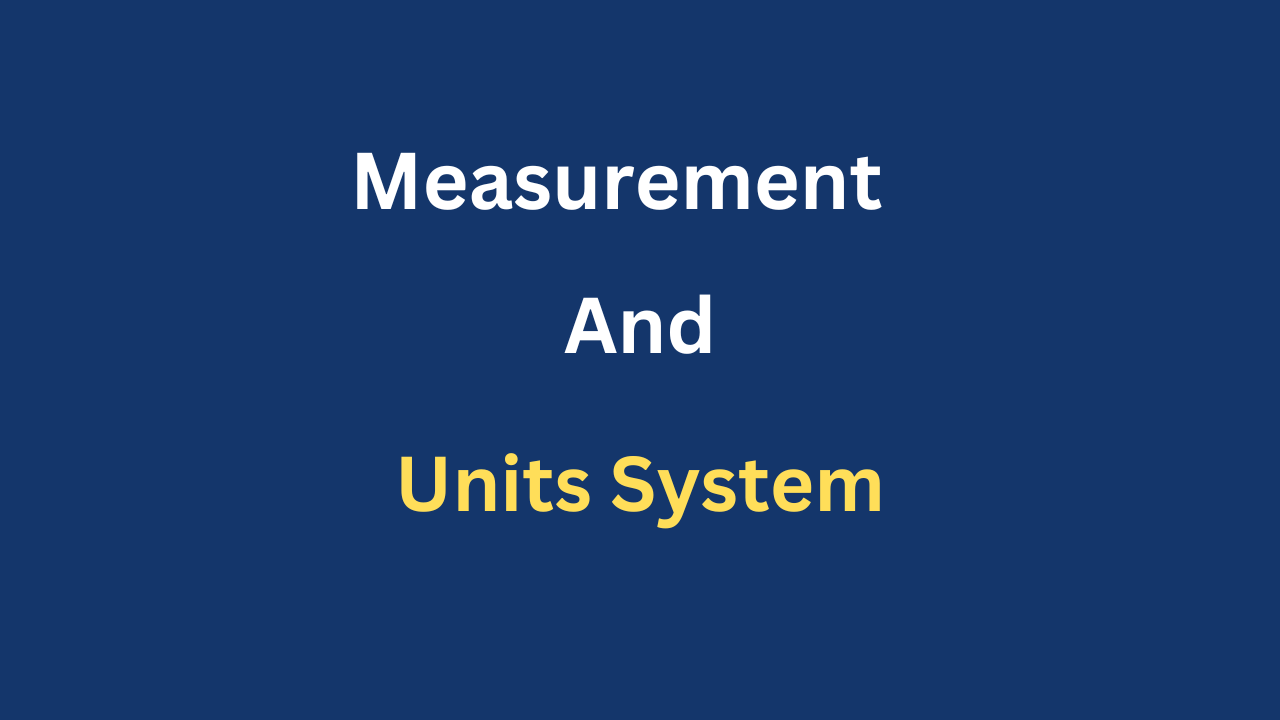The center of mass of a body or system of a particle is defined as a point where the whole of the mass of the body or all the masses of a set of particles appeared to be concentrated. When we are studying the dynamics of the motion of the system of a particle as a whole, then we need not worry about the dynamics of individual particles of the system. Rather than we have to focus on the dynamic of a unique point corresponding to that system.
Question 1
A 3.00 kg particle is located on the x axis at x = −5.00 m and a 4.00 kg particle is on the x axis at x = 3.00 m. Find the center of mass of this two–particle system.
Show Solution
\(m_1 = 3 \: kg, \: \: m_2 = 4 \:kg, \: \: x_1 = -5 \:m, \: \: x_2=3 \: m\)
The center of mass \(x_{cm} \:\) for this two particle system is given by
$$x_{cm} = \frac{m_1x_1 + m_2x_2}{m_1 + m_2} = \frac{(3)(-5) + (4)(3)}{3 + 4}$$
$$=-0.43 \: m$$
Question 2
An old Honda accord car with mass 2400 kg is moving along a straight stretch of road at 80 km/h.
It is followed by a Ford car with mass 1600 kg moving at 60 km/h. How fast is the center of mass of the two cars moving?
Show Solution
\(m_1 = 2400 \: kg, \: \: m_2 = 1600 \:kg, \: \: v_1 = 80 \:km/h, \: \: v_2=60 \: km/h\)
The velocity of the center of mass \(v_{cm} \:\) for this two particle system is given by
$$v_{cm} = \frac{m_1v_1 + m_2v_2}{m_1 + m_2} = \frac{(2400)(80) + (1600)(60)}{2400 + 1600}$$
$$=72 \: km/h$$
Question 3
A 2.0 kg particle has a velocity of \(\:\: \vec{V_1} = 2.0\hat{i} – 3.0\hat{j} \:m/s, \: \: \) and a 3.0 kg particle has a velocity of \(\:\: \vec{V_2} = 1.0\hat{i} + 6.0\hat{j} \:m/s \: \: \). Find (a) the velocity of the center of mass and (b) the total momentum of the system.
Show Solution
\(m_1 = 2 \: kg, \: \: m_2 = 3 \:kg, \: \: \vec{V_1} = 2.0\hat{i} – 3.0\hat{j} \:m/s, \: \: \vec{V_2} = 1.0\hat{i} + 6.0\hat{j} \: m/s\)
(a) The velocity of the center of mass \(v_{cm} \:\) for this two particle system is given by
$$v_{cm} = \frac{m_1\vec{V_1} + m_2\vec{V_2}}{m_1 + m_2}$$
$$ = \frac{(2)(2.0\hat{i} – 3.0\hat{j}) + (3)(1.0\hat{i} + 6.0\hat{j})}{2 + 3}$$
$$ = \frac{(4\hat{i} – 6\hat{j}) + (3\hat{i} + 18\hat{j})}{5}$$
$$ = \frac{7\hat{i} + 12\hat{j}}{5}$$
$$ = \frac{7}{5}\hat{i} + \frac{12}{5}\hat{j} \:m/s$$
(b) The total momentum of the system \(P_{T} \:\) for this two particle system is given by
$$P_t = m_1\vec{V_1} + m_2\vec{V_2}$$
$$P_t = 2(2.0\hat{i} – 3.0\hat{j}) + 3(1.0\hat{i} + 6.0\hat{j})$$
$$= 4\hat{i} – 6\hat{j} + 3\hat{i} + 18\hat{j}$$
$$= 7\hat{i} + 12\hat{j}\: kgm/s$$
Question 4
Find the center of mass of the three masses shown below

Show Solution
For m(2,2), \(\: m_1 = m, \: x_1=2, \:y_1 = 2\)
For 3m(6,2), \(\:m_2 = 3m, \: x_2=6, \:y_2 = 2\)
For m(4,4), \(\:m_3 =m, \: x_3=4, \:y_3 = 4\)
$$x_{cm} = \frac{m_1x_1 + m_2x_2 + m_3x_3 }{m_1 + m_2 + m_3}$$
$$= \frac{(m)(2) + (3m)(6) + (m)(4) }{m + 3m + m}$$
$$= \frac{2m + 18m + 4m }{5m} =\frac{24m }{5m}=\frac{24}{5}$$
$$y_{cm} = \frac{m_1y_1 + m_2y_2 + m_3y_3 }{m_1 + m_2 + m_3}$$
$$= \frac{(m)(2) + (3m)(2) + (m)(4) }{m + 3m + m}$$
$$= \frac{2m + 6m + 4m }{5m} =\frac{12m }{5m}=\frac{12}{5}$$
Therefore, the center of mass is \(\: \left( x_{cm},\:y_{cm} \right) = \left( \frac{24}{5},\: \frac{12}{5} \right)\)




